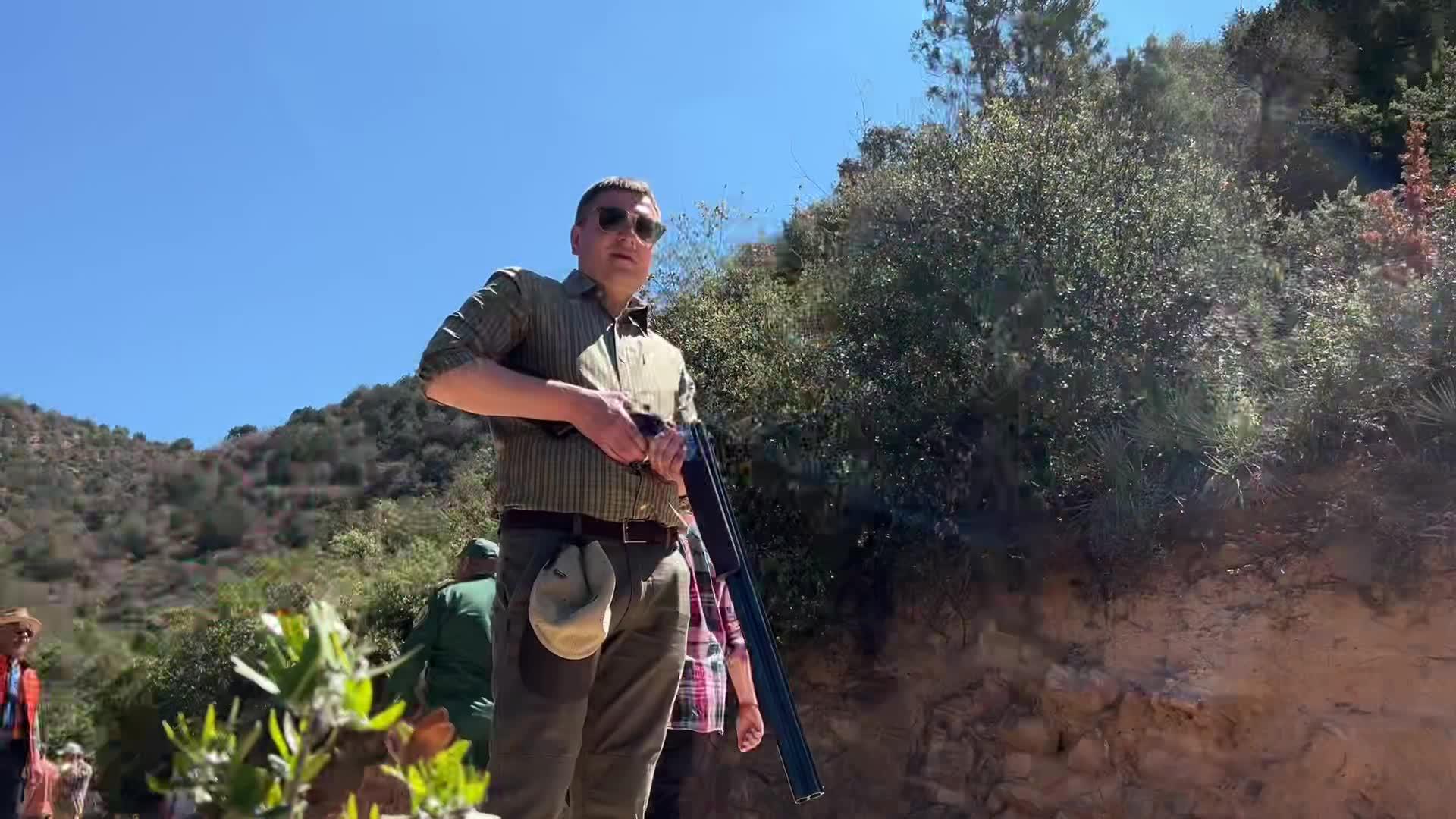
SCI 2025 in Nashville, TN I attended Safari Club International (SCI) 2025, which took place from January 22 to January 25 in Nashville, Tennessee. This event left vivid impressions. Exhibition: A variety of exhibits from leading manufacturers of hunting weapons. The latest models of rifles and shotguns have attracted special attention. Participants could get acquainted with the technical specifications and even test some samples. Taxidermy: The stands with taxidermic exhibits deserved special attention. The high craftsmanship and realism of the work were impressive. The exhibition featured both classic trophies and creative compositions. Weapons: The latest developments in the field of hunting weapons are presented. Innovative technologies, improved materials and ergonomic design made these models attractive to anyone who enjoys hunting. The SCI 2025 exhibition in Nashville was full of interesting exhibits and allowed me to learn a lot about modern hunting equipment and trophies.
Post: 26 January 21:27














































